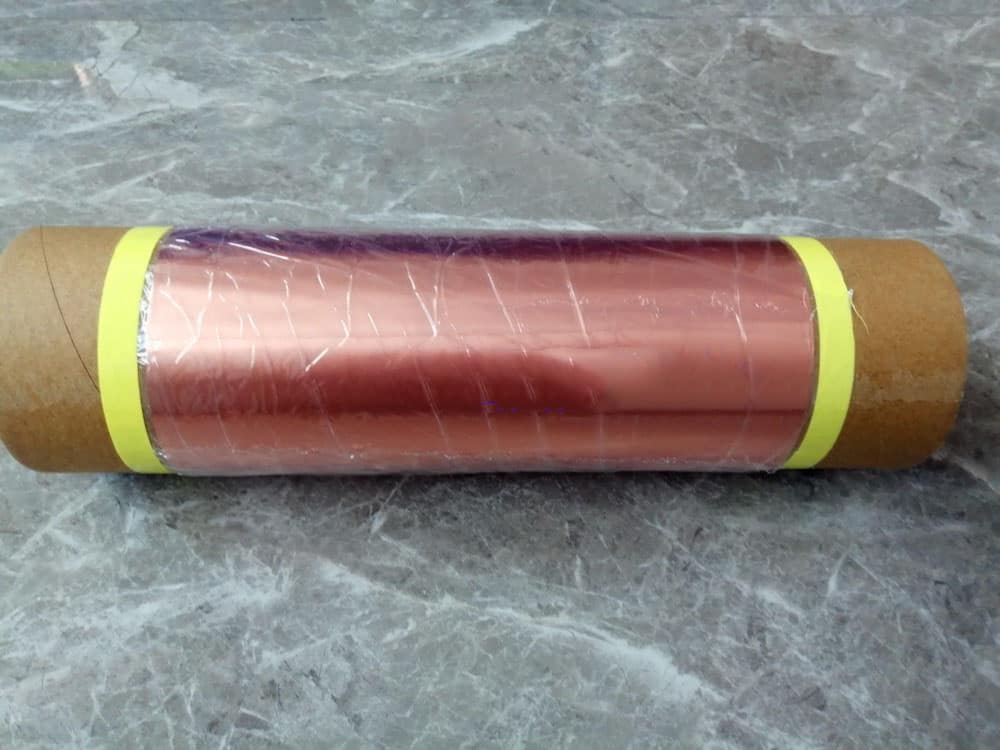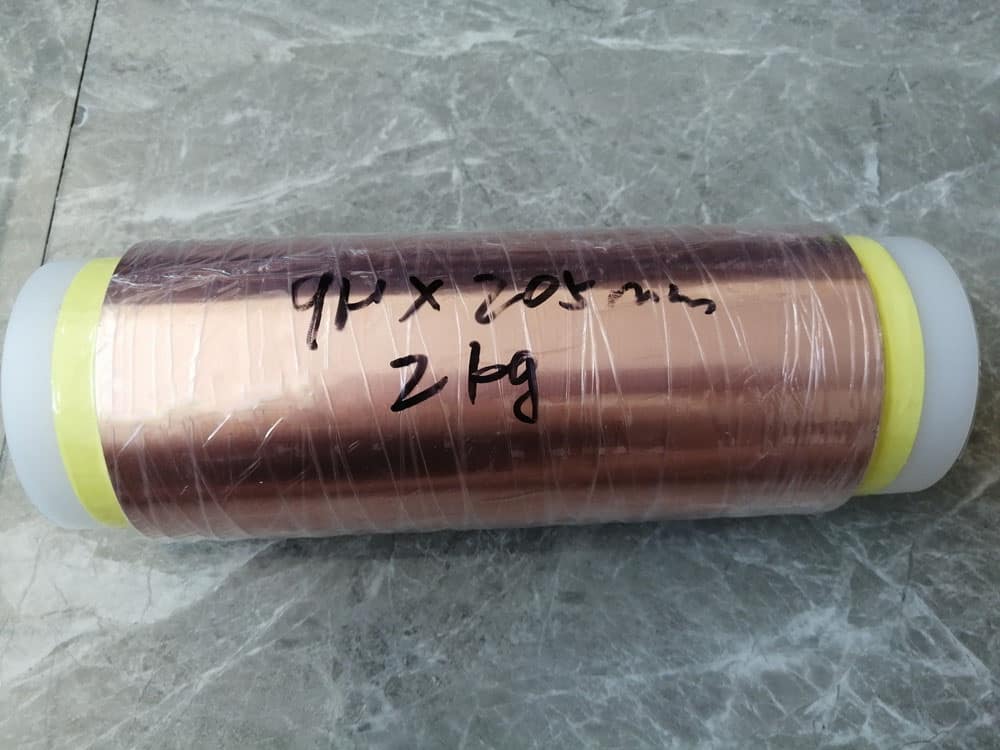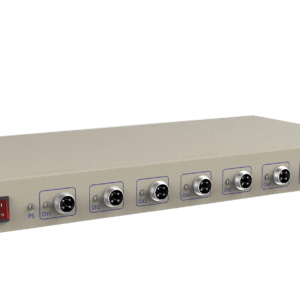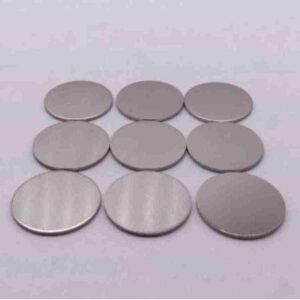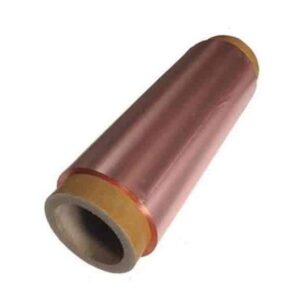Electrolytic copper foil is an essential component of lithium-ion batteries and mainly serves as the negative electrode current collector. It has good conductivity, flexibility, a mature manufacturing process, and a relatively low price. The weight of copper foil accounts for approximately 13% of the total mass of a typical lithium battery, and the cost accounts for about 8%.
According to thickness classification, electrolytic copper foil can be divided into thin copper foil (12-18um), ultra-thin (6-12um), and extremely thin (~6um). Extremely thin copper foil increases the energy density of lithium batteries. Currently, 4.5-micron copper foil has begun mass production.
Specifications of Electrolytic Copper Foil
- Thicknesses: 4.5um, 6um, 8um, 9um, 10um, 12um, 18um, 20um, 35um, 50um, 70um
- Width: 200 mm (180 mm available)
- Length: variable
- Areal density (g/m2): 85-87
- Composition: Cu 99.8%, Fe < 0.0010%, Bi < 0.00020%, Pb < 0.0005%
- Tensile strength: 305 MPa
- Normal elongation: 3.0%
- High-temperature elongation (180 degree C): 2.5%
- Anti-oxidization (heating at 230 degree C for 30min): No oxidation of points on the surface. The color does not change.
- Surface roughness: Less than 0.35 um for the drum side, Less than 4.0 um for the matte side
- Surface tension (dyne/cm): 68 drum side and the matte side



